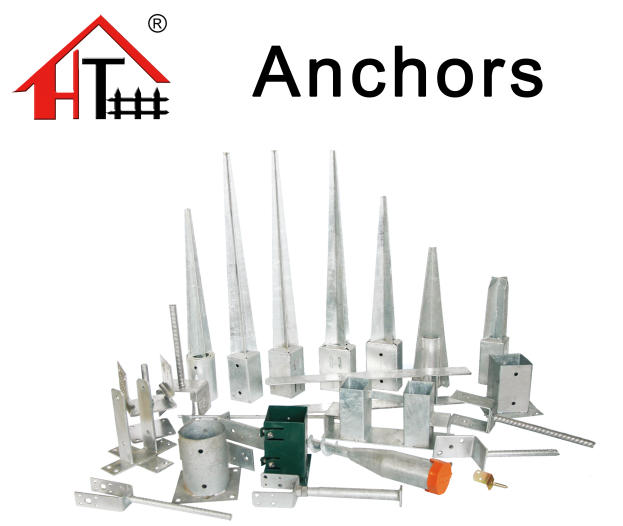Effective Deer Fencing for Garden Beds A Comprehensive Guide
If you are a gardener, you understand the joy of nurturing plants from seeds to vibrant blooms or hearty vegetables. However, this joy can quickly diminish when deer invade your garden beds, feasting on your hard-earned plants. To protect your garden from these graceful yet destructive creatures, investing in effective deer fencing is essential. In this article, we’ll explore the best methods for establishing a deer-proof barrier around your garden.
Understanding the Need for Deer Fencing
Deer are attracted to gardens due to the availability of fresh greens, fruits, and flowers. According to various studies, a single deer can consume up to 10 pounds of plant material per day. This can lead to significant damage to your garden plants in a short amount of time. Therefore, implementing a robust fencing system is not just an option but a necessity for those living in areas with a high deer population.
Choosing the Right Type of Fence
When selecting a deer fence, several options are available, each with its advantages and disadvantages
1. Wooden Fences Traditional wooden fences can be aesthetically pleasing and durable, but they may not be tall enough to deter deer effectively. Deer can easily jump over fences that are less than eight feet high. Additionally, wooden barriers may require maintenance to prevent rotting and warping over time.
2. Wire Fences Wire fencing is a popular choice for deer control. A typical configuration involves using woven wire or stock fencing at least eight feet tall. This type of fence is effective in preventing deer from jumping over. Moreover, wire fences are less susceptible to damage from the elements, making them a long-lasting solution.
deer fencing for garden beds

3. Electric Fences For those seeking a more modern approach, electric fencing can be an effective deterrent. By using low voltage to create a mild shock upon contact, deer learn to avoid the area. However, the initial setup cost can be higher than traditional fences, and regular maintenance is required to ensure the system is functioning properly.
4. Temporary Fencing For gardeners who only need protection during certain seasons, temporary fencing is an option. Lightweight plastic or mesh fencing can be easily installed and removed. However, they often lack the sturdiness of permanent solutions and may not withstand strong winds or curious animals.
Enhancing Your Fencing Strategy
Regardless of the type of fence you choose, consider implementing additional strategies to enhance its effectiveness
- Height Matters Ensure your fence stands at least eight feet tall to deter jumping. - Bury the Bottom Burying a foot of the fence underground can prevent deer from burrowing underneath. - Reinforce with Natural Deterrents Plant fragrant herbs like mint and basil around your garden to create an additional barrier that deer tend to avoid. - Visual Deterrents Hanging reflective objects, like old CDs or aluminum foil strips, can create movement and noise, further discouraging deer from approaching.
Conclusion
Protecting your garden beds from deer is vital for maintaining the beauty and bounty of your plants. By selecting the right type of fencing and employing complementary strategies, you can significantly reduce the risk of deer damage. Remember that no solution is entirely foolproof, but with diligence and planning, you can cultivate a thriving garden even in deer-populated areas. Happy gardening!
















